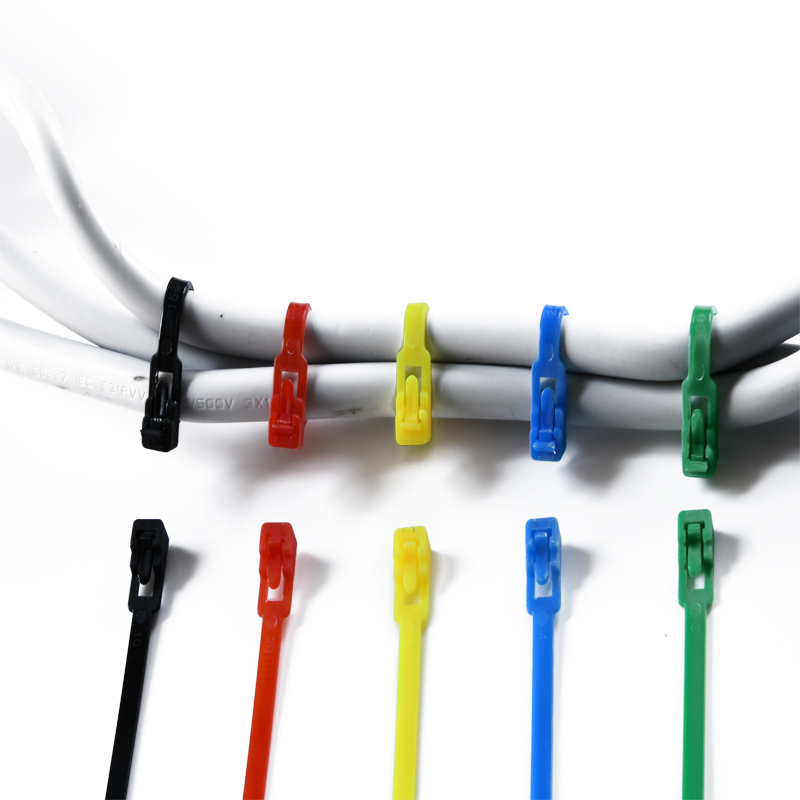Cable ties, also known as zip ties or wire ties, are commonly used to secure cables in various applications. Whether it’s for organizing cables in your home or office, or for securing cables in industrial settings, cable ties are an essential tool. However, if not used properly, they can be ineffective or even cause damage to the cables. Here we’ll discuss how to properly secure cables with cable ties.

Choose the Right Type of Cable Tie
There are various types of cable ties available on the market, such as standard nylon cable ties, stainless steel cable ties, and reusable cable ties. It’s important to choose the right type of cable tie based on your application. For example, if you’re securing cables in a harsh environment with exposure to chemicals or extreme temperatures, stainless steel cable ties might be more suitable than standard nylon cable ties. On the other hand, if you need to frequently adjust or remove the cables, reusable cable ties might be a better option.
Properly Position the Cable Tie
Before securing the cables with a cable tie, it’s important to position it properly. The cable tie should be placed perpendicular to the cables, with the head of the tie on the same side as the tail. This ensures that the cable tie can be easily tightened and removed if necessary. It’s also important to leave some slack between the cables and the tie, to prevent over-tightening and potential damage to the cables.
Tighten the Cable Tie Correctly
When tightening the cable tie, it’s important to do it correctly to prevent damage to the cables. First, start by tightening the cable tie by hand until it’s snug. Then, use a cable tie tool or pliers to further tighten the tie until it’s secure. Be careful not to over-tighten the cable tie, as this can damage the cables or even cut into the insulation. It’s also important to make sure that the cable tie is not too loose, as this can cause the cables to slip or become loose over time.
Trim the Excess Cable Tie
After securing the cables with a cable tie, it’s important to trim the excess tie to prevent it from getting in the way or becoming a safety hazard. Use a pair of wire cutters or scissors to trim the excess tie as close to the locking head as possible. Be careful not to cut into the cables or the insulation.
Consider Using Cable Tie Mounts
If you’re securing cables to a surface, such as a wall or a panel, it’s a good idea to use cable tie mounts. Cable tie mounts are small plastic or metal pieces that can be attached to the surface using screws or adhesive. They have a small loop where the cable tie can be inserted, allowing for a more secure and organized installation. Cable tie mounts also help prevent the cables from moving or shifting, which can cause damage over time.
Inspect and Replace Damaged Cable Ties
Over time, cable ties can become damaged or worn out, especially if they’re exposed to harsh environments or repeated use. It’s important to inspect your cable ties regularly and replace any that are damaged or worn out. This ensures that your cables are properly secured and prevents potential damage or safety hazards.
In conclusion, properly securing cables with cable ties is important to prevent damage and ensure safety. By choosing the right type of cable tie, positioning it properly, tightening it correctly, trimming the excess, using cable tie mounts, and inspecting and replacing damaged ties, you can ensure that your cables are properly secured and organized.







